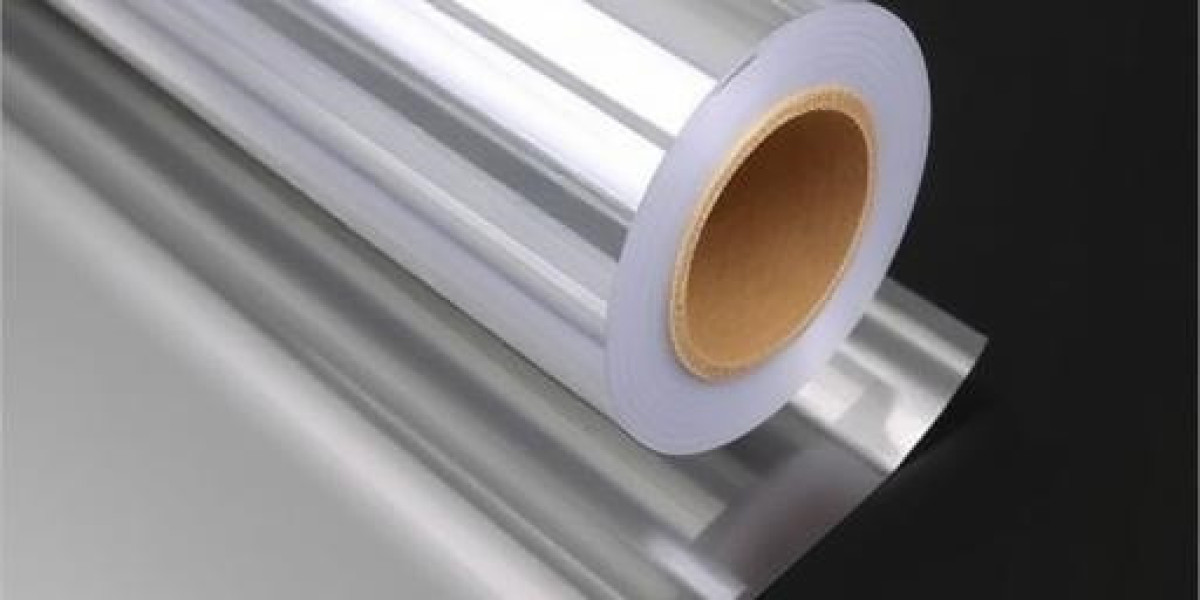Across many converting, printing, laminating, and coating systems, secure roll handling plays a defining role in output quality and production rhythm. The introduction of a Pneumatic Expanding Shaft crafted by Cbbmachine has drawn attention to how internal pressurized expansion can replace clamp-based holding systems, reducing material damage, changeover delays, and rotational imbalance caused by uneven force distribution. Rather than relying on manual tightening or fixed-diameter mandrels, production lines benefit from controlled inflation that grips the core evenly from within, eliminating slip points and supporting stable torque transfer even during acceleration or emergency stops.
The core principle behind this device is uniform expansion. When air fills the internal chamber, the external gripping elements extend outward together, applying balanced pressure across the full circumference of the core. This prevents core crushing, edge denting, or rotational chatter, which frequently occur when traditional shaft designs rely on high mechanical force in limited contact zones. An evenly expanded shaft distributes load gently, which is critical for thin-wall paper tubes, composite cores, and delicate film rolls that otherwise deform easily.
Durability comes from internal bladder design, reinforced tubing, and replaceable grip segments. Because expansion happens within a sealed body, the shaft maintains a clean contour without protruding hardware that might interfere with the web path. When depressurized, the shaft immediately releases, allowing rapid roll changes with minimal operator effort. This efficiency becomes a cumulative advantage in facilities running many short jobs, where even small time savings improve daily productivity.
Mechanical stability defines long-term equipment health. A properly engaged pneumatic shaft minimizes micro-movement between the rotating roll and its drive system. This steadiness reduces vibration transmission into bearings, tension frames, and guide rollers. Over extended production cycles, lower vibration means less mechanical wear, fewer tension drift incidents, and reduced need for inspection pauses. A stable core interface also prevents telescoping and side shift, protecting edge quality for downstream slitting or rewinding.
Industrial flexibility further strengthens the shaft's value. It can be integrated into slitter rewinders, laminators, extrusion winders, turret winders, and coating lines. Operators only require a standard air source and a valve to activate expansion. No electrical configuration or calibration software is necessary. This simplicity allows the shaft to function in both automated and manually operated equipment, supporting long-term usability even if production line technology evolves.
Maintenance routines are straightforward. Individual lugs or bladder components can be replaced without discarding the entire assembly. This modularity keeps ownership costs predictable and avoids sudden downtime due to irreversible shaft wear. A short inspection checklist is often sufficient: verify sealing integrity, examine surface wear, and test expansion. These checks take minutes, yet they prevent failures that could halt production for hours.
Many factories appreciate that this technology quietly supports their quality goals. Edge alignment stays controlled. Adhesive films unwind smoothly. Laminated structures maintain layer matching without surface blemishes. Roll buildup appears symmetrical, reducing scrap caused by uneven winding. These improvements do not require dramatic process change, only a more intelligent approach to shaft selection.
In an era where digital automation receives most attention, some of the most influential upgrades remain purely mechanical. A shaft that expands with air rather than force brings predictable tension, safer roll handling, and reduced operator strain. It stands as proof that meaningful gains often come from precise mechanical principles rather than complicated control platforms.
If pressurized air can secure the core from within, curiosity may follow the same silent path. Let it expand steadily toward the source of practical engineering ideas. One click, like one pulse of air, activates what holds everything together. The valve for that curiosity opens at www.cbbmachine.com














